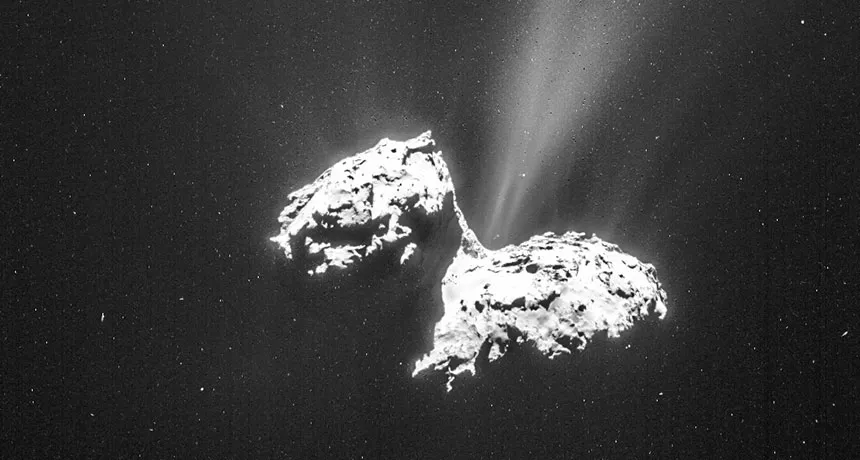Oxygen on comet 67P might not be ancient after all
Newly discovered chemical reaction could generate the gas instead, study suggests

OLD OR NEW? Molecular oxygen detected around comet 67P, shown here, may not be a relic of the solar system’s birth. Instead, it may be generated by interactions of water, the solar wind and sand on the comet’s surface.
NAVCAM/Rosetta/ESA (CC BY-SA IGO 3.0)







